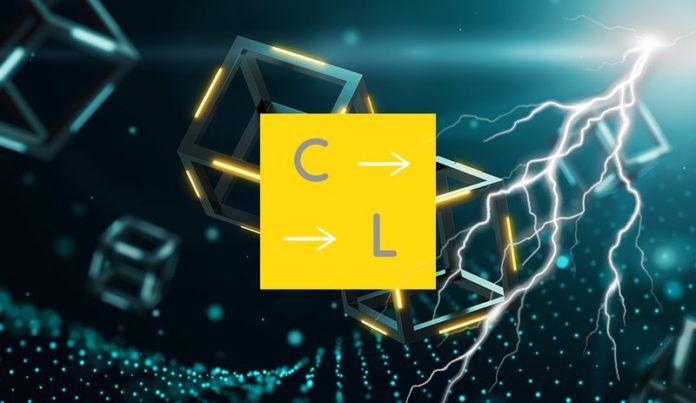
The Lightning Network, the second-layer solution designed to make quick, cheap and easy Bitcoin payments, is maturing. But widespread adoption — still a long way off — will require plenty more participants; an ecosystem of new apps is one way to get there.
“Lightning is a promising technology, but right now, very few people are fluent with it,” Chaincode Labs engineer James O’Beirne told Bitcoin Magazine.
To that end, O’Beirne and fellow Chaincode Labs and Bitcoin Core developers John Newbery and Marco Falke are organizing a Lightning applications development course — a “Bitcoin Residency” program — to encourage more developers to build on the network. The weeklong class, designed for a dozen students, kicks off on October 22, 2018, in the Flatiron district of New York City near the Chaincode Labs office.
“We would like to familiarize more engineers with how Lightning works and see more Lightning applications,” O’Beirne said. “And we would like to get a better understanding for what Lightning is capable of doing.”
This is the third Bitcoin residency program Chaincode has hosted; the first two in 2016 in early 2018 were focused on the Bitcoin protocol and contributing to Bitcoin Core. As with previous Chaincode residencies, students will learn from a handful of experienced mentors. The Lightning residency is slightly different in that it is project-based, however. Students will spend the week building their own Lightning-based apps and then demo their projects on the final day of class.
The week’s mentors will include Chris Stewart, founder at Lightning-based data service SuredBits; Christian Decker, Blockstream engineer and maintainer of the c-lightning Lightning implementation; Elaine Ou, a blockchain engineer who has implemented LightningBuddy, a library that can be used to talk to a lightning node from a Twitter account, and Jellybean, a vending machine application built on top of Lightning; Jack Mallers, lead developer of Lightning-based crypto wallet zap; Justin Camarena, engineer at Bitrefill, a payment processor that accepts Lightning payments; and lightningk0ala, the pseudonymous creator of the wildly popular satoshis.place, a multiplayer online game. All of the talks will be video recorded and made available to the public.
Knowledge of the Bitcoin protocol is not a prerequisite for the class, O’Beirne stressed. In practice, Lightning apps can be built in any programming language and then plugged into the network using an API provided by one of the Lightning implementations (lnd, c-lightning or eclair). Students should also enter into the program with some idea of the Lightning app they want to build.
Most importantly, he said, applicants should be experienced in delivering high-quality web applications and have an interest in learning. “We encourage anyone familiar with web technologies who thinks they can put together the minimum viable parts of an application in a week to apply,” O’Beirne said.
O’Beirne anticipates an “intense” week: “We’ll be catering lunch, and I’m sure we will put together some extracurricular events.” As for the apps the students are building, he hopes the students will continue their work long after the class ends. “Hopefully these won’t be just one-off projects, but the start of a few really exciting new projects even past the residency,” he said.
Chaincode is offering a stipend for travel and lodging. Applicants should apply here.
This article originally appeared on Bitcoin Magazine.

Bitcoinmagazine.com is author of this content, TheBitcoinNews.com is is not responsible for the content of external sites.
Our Social Networks: Facebook Instagram Pinterest Reddit Telegram Twitter Youtube










